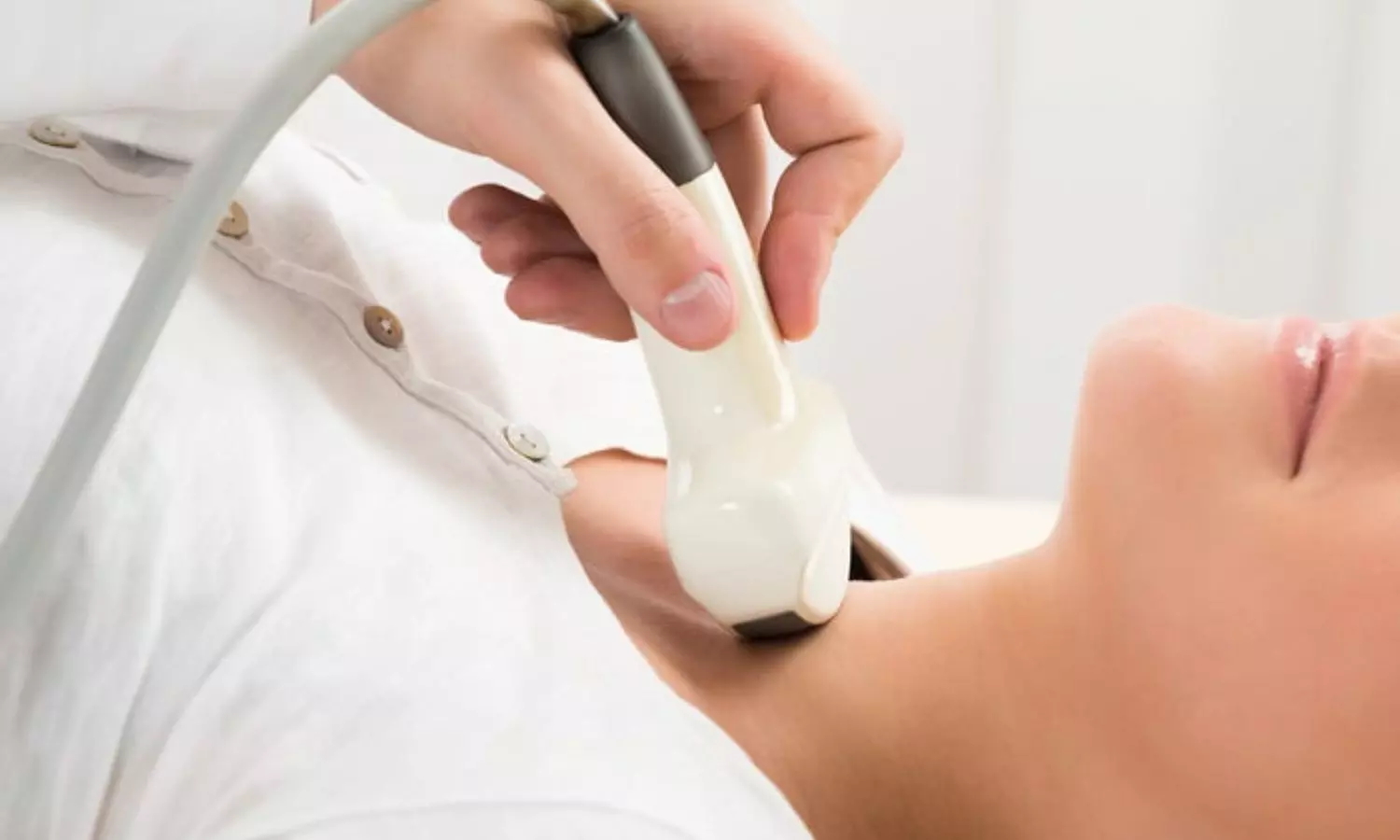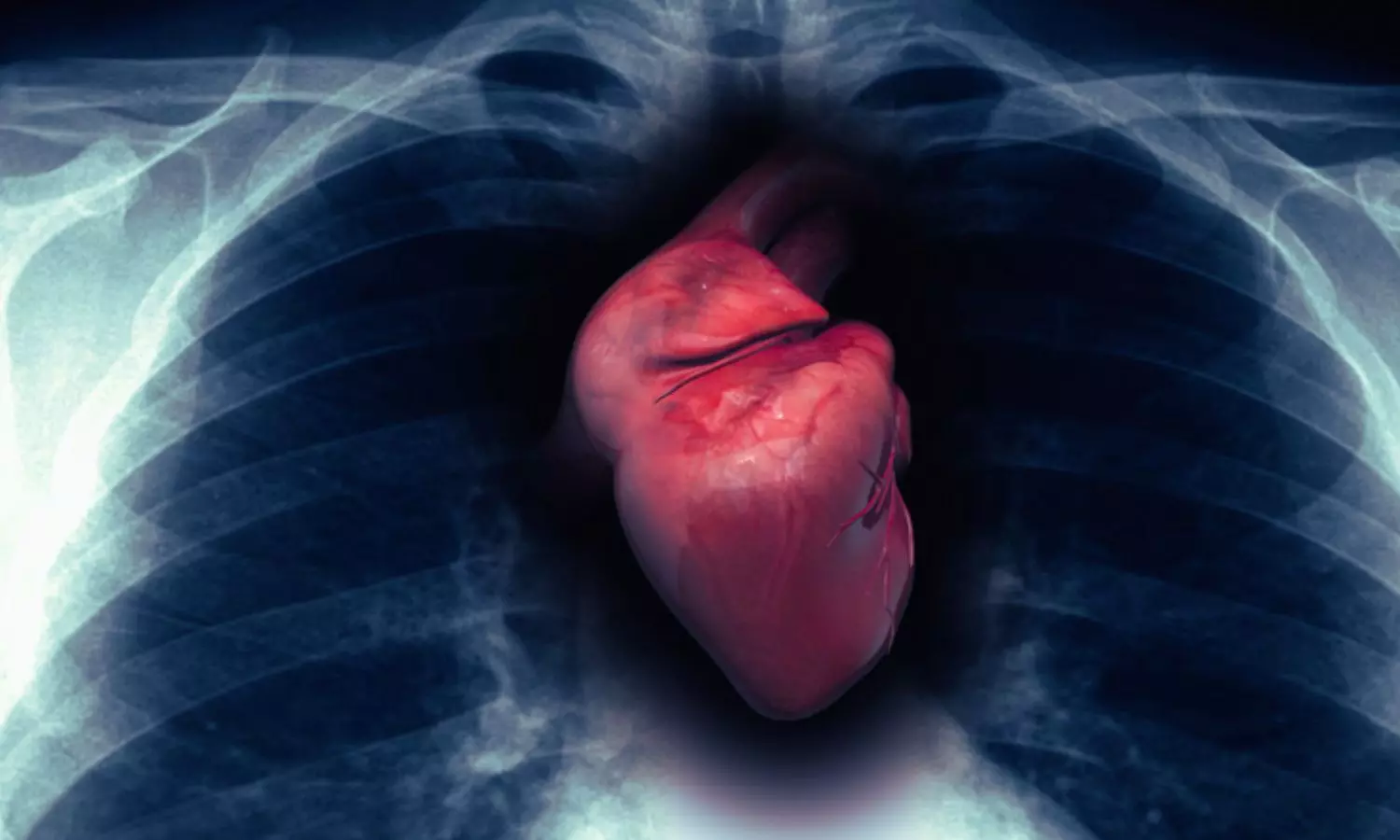Once-weekly insulin efsitora alfa as effective as daily basal insulin in type 2 diabetes, find trials

Researchers have found in phase 3 QWINT-2 and QWINT-4 trials that Once-weekly insulin efsitora alfa was as effective as daily basal insulin in adults with type 2 diabetes.
In the treat-to-target clinical trials, efsitora showed non-inferior A1C reduction compared to the most commonly used daily basal insulins globally.
“The results of QWINT-2 and QWINT-4 are a significant milestone for the diabetes community and demonstrate that efsitora as a weekly insulin provides blood sugar control equivalent to daily basal insulins,” said Jeff Emmick, MD, Ph.D., senior vice president, product development, Lilly. “With efsitora, we have an opportunity to provide an innovative once-weekly solution that safely achieves and maintains A1C control, reduces treatment burden of traditional daily injections and potentially improves adherence for people with diabetes.”
QWINT-2 evaluated the efficacy and safety of once-weekly efsitora compared to once-daily insulin degludec for 52 weeks. The trial randomized insulin-naïve adults with type 2 diabetes to receive efsitora once weekly or insulin degludec once daily and was also designed to assess efficacy in patients using and not using GLP-1 receptor agonists.
The trial met its primary endpoint of non-inferior A1C reduction with efsitora compared to insulin degludec at week 52. For the efficacy estimand, efsitora reduced A1C by 1.34% compared to 1.26% for insulin degludec resulting in an A1C of 6.87% and 6.95% respectively. In a key secondary endpoint, efsitora was non-inferior to insulin degludec in A1C change among participants using and not using GLP-1 receptor agonists. Further, participants taking efsitora spent 45 minutes more time in range and 37 minutes more in tight range without additional time in hypoglycemia (blood glucose <54 mg/dL) in comparison to insulin degludec.
QWINT-4 evaluated the efficacy and safety of efsitora compared to insulin glargine for 26 weeks in adults with type 2 diabetes who have previously been treated with basal insulin and at least two injections per day of mealtime insulin. The trial randomized participants to receive efsitora once weekly or insulin glargine once daily, both of which were administered with insulin lispro.
The trial met its primary endpoint of non-inferior A1C reduction with efsitora compared to insulin glargine at week 26. For the efficacy estimand, both efsitora and insulin glargine reduced A1C by 1.07% resulting in an A1C of 7.12% and 7.11%, respectively6,7.
In both QWINT-2 and QWINT-4, efsitora was safe and well-tolerated with estimated combined rates of severe or clinically significant (blood glucose <54 mg/dL) hypoglycemic events per patient-year of exposure of 0.58 with efsitora vs. 0.45 with insulin degludec (QWINT-2) and 6.6 with efsitora vs. 5.9 with insulin glargine (QWINT-4).
Detailed results from QWINT-2 will be presented at the European Association for the Study of Diabetes (EASD) Annual Meeting 2024. Topline readouts from QWINT-1, QWINT-3 and QWINT-5 are anticipated later this year.
About the QWINT clinical trial program
The QWINT phase 3 global clinical development program for insulin efsitora alfa (efsitora) in diabetes began in 2022 and has enrolled more than 4,000 people living with type 1 or type 2 diabetes across five global registration studies.
QWINT-2 (NCT05362058) was a parallel-design, open-label, treat-to-target, randomized controlled clinical trial comparing the efficacy and safety of efsitora as a once-weekly basal insulin to insulin degludec for 52 weeks in insulin-naïve adults with type 2 diabetes. The trial randomized 928 participants across the U.S., Brazil, Canada, China, Czechia (Czech Republic), Germany, Greece, Japan, Korea, Mexico and Puerto Rico to receive efsitora once weekly or insulin degludec once daily administered subcutaneously. The primary objective of the trial was to demonstrate non-inferiority in reducing A1C at week 52 with efsitora compared to insulin degludec. The trial was also designed to assess efficacy and safety for patients using and not using GLP-1 receptor agonists.
QWINT-4 (NCT05462756) was a parallel-design, open-label, treat-to-target, randomized controlled clinical trial comparing the efficacy and safety of efsitora as a weekly basal insulin to insulin glargine for 26 weeks in adults with type 2 diabetes who have previously been treated with basal insulin and at least two injections per day of mealtime insulin. The trial randomized 730 participants across the U.S., Argentina, Germany, India, Italy, Mexico, Puerto Rico and Spain to receive efsitora once weekly or insulin glargine once daily, both of which were administered subcutaneously along with insulin lispro. The primary objective of the trial was to demonstrate non-inferiority in reducing A1C at week 26 with efsitora compared to insulin glargine.
About insulin efsitora alfa
Insulin efsitora alfa (efsitora) is a once-weekly basal insulin, a fusion protein that combines a novel single-chain variant of insulin with a human IgG2 Fc domain. It is specifically designed for once-weekly subcutaneous administration, and with its low peak-to-trough ratio, it has the potential to provide more stable glucose levels (less glucose variability) throughout the week. Efsitora is in phase 3 development for adults with type 1 and 2 diabetes.
Powered by WPeMatico



















